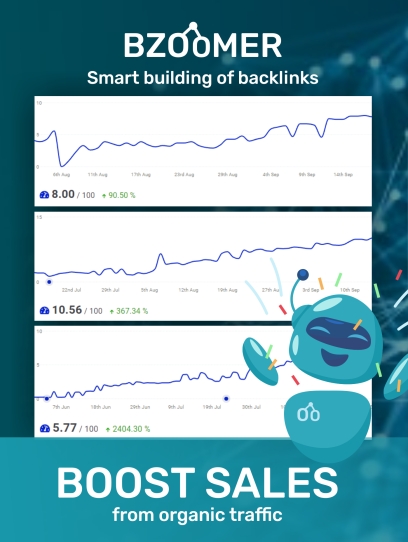What is penetration testing? In the ever-evolving landscape of cybersecurity, organizations face a barrage of threats that constantly probe their digital defenses. Among the arsenal of strategies employed to fortify these defenses, penetration testing stands as a stalwart shield against potential breaches and vulnerabilities.
Defining Penetration Testing
At its core, penetration testing, often abbreviated as "pen testing," is a proactive approach to identifying and mitigating security risks within a digital infrastructure. Unlike conventional security measures that focus on fortifying perimeter defenses, penetration testing adopts a more aggressive stance by simulating real-world cyberattacks. By emulating the tactics of malicious actors, security professionals assess the resilience of a system, network, or application against potential breaches.
The Purpose and Process
The primary objective of penetration testing is to uncover weaknesses in an organization's security posture before malicious entities exploit them. This preemptive strategy allows companies to address vulnerabilities proactively, minimizing the likelihood of costly data breaches and service disruptions.
The process of penetration testing typically involves several key stages:
-
Planning and Reconnaissance: Security experts meticulously plan the scope and objectives of the penetration test, conducting thorough reconnaissance to gather information about the target environment.
-
Scanning and Enumeration: Using specialized tools and techniques, testers scan the target network or system to identify potential entry points and enumerate valuable assets.
-
Exploitation: Armed with insights gleaned from reconnaissance, testers attempt to exploit identified vulnerabilities, mimicking the tactics of real attackers.
-
Post-Exploitation: Upon successful penetration, testers assess the extent of the compromise and evaluate the potential impact on the organization's assets and operations.
-
Reporting and Remediation: Finally, testers compile a comprehensive report detailing their findings, including identified vulnerabilities, their severity, and recommendations for remediation. This report equips organizations with actionable insights to bolster their security defenses effectively.
The Role of Penetration Testing in Cybersecurity
In today's hyper-connected world, where cyber threats loom large, penetration testing serves as a critical component of a robust cybersecurity strategy. By proactively identifying and addressing vulnerabilities, organizations can thwart potential attacks, safeguard sensitive data, and preserve the trust of customers and stakeholders.
Furthermore, penetration testing helps organizations comply with regulatory requirements and industry standards, such as the Payment Card Industry Data Security Standard (PCI DSS) and the Health Insurance Portability and Accountability Act (HIPAA). By demonstrating a commitment to robust security practices, businesses can mitigate legal and financial risks while enhancing their reputation in the marketplace.
Conclusion
In the relentless battle against cyber threats, penetration testing emerges as a formidable weapon in the arsenal of cybersecurity professionals. By simulating real-world attacks, organizations can identify and rectify vulnerabilities before they are exploited by malicious actors. Through meticulous planning, execution, and analysis, penetration testing empowers businesses to fortify their digital fortresses and preserve the integrity of their systems and data in an increasingly hostile digital landscape.


